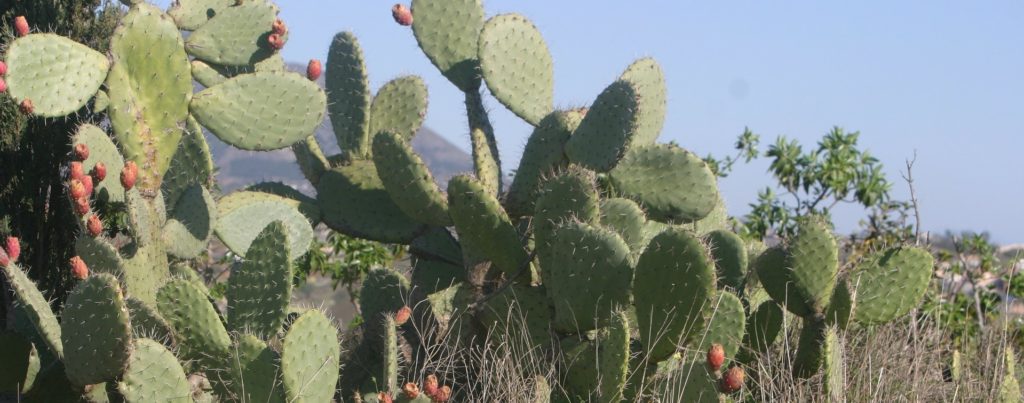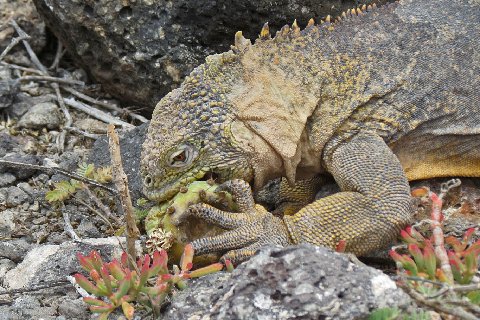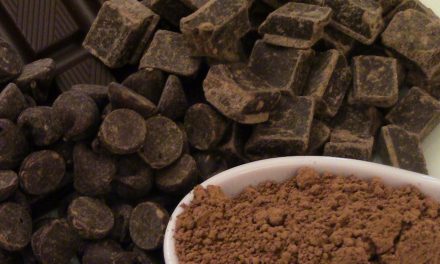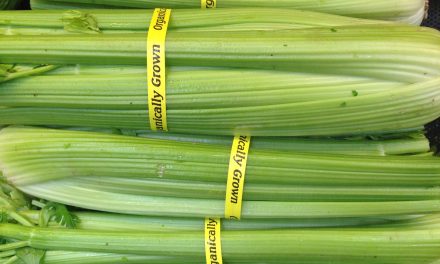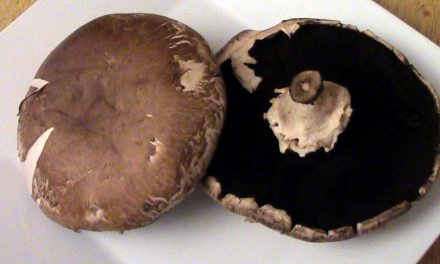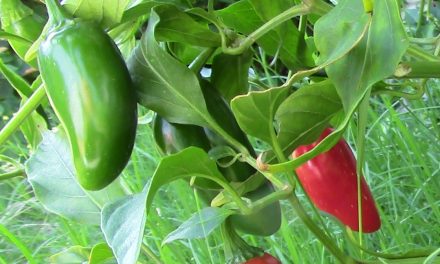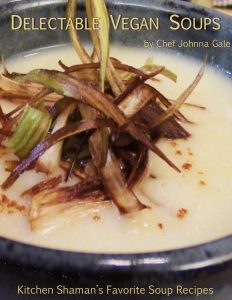Growing up in the Sonoran Desert I was surrounded by all the spiny, thorny, sharp things called cacti with names like Saguaro, Cholla or Jumping, Organ Pipe, Barrel, and Prickly Pear.
Prickly pear is one of the most prolific of all the cacti and highly adaptable. Like most cacti, once the thorns are removed, it is edible. I knew that cactus could be eaten and, with a grandmother who spent time in Mexico, it would be a natural assumption that I learned how to cook with this plant. As I cooked by her side I was not shown the secrets of how to prepare and cook either prickly pear (the fruit) or Nopal (the leaves). It was “Indian food,” not suitable for my supposedly delicate digestion.
I spent some time in my early cooking years wistfully wondering how to make use of the prickly pear cactus. I knew you could make jams and jellies from the fruit, but I had a high level of fear of the vicious thorns growing off the paddles. Since I did not have a mentor to show me where to start, it took a few decades before I learned.
Once I was working in a high-end hotel with chefs who showed us a variety of different foods to cook, it didn’t take long for me to climb over the fence and dive into cooking cacti.
Cooking Cactus
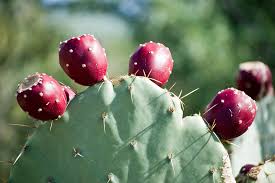 I was present for the Great Paddle Cactus Massacre we held in the banquet kitchen of the resort. The Chef brought in several cases and showed us what to do. After he imparted some final words of caution, we de-thorned, grilled, and finely diced them for a Nopales Salsa.
I was present for the Great Paddle Cactus Massacre we held in the banquet kitchen of the resort. The Chef brought in several cases and showed us what to do. After he imparted some final words of caution, we de-thorned, grilled, and finely diced them for a Nopales Salsa.
Here’s what that looks like: picture seven or eight cooks in crisp, white jackets holding shiny, sharp chef knives at the ready. They are gathered around the cold steel prep table twenty feet long with bright white cutting boards. Several trash cans are strategically placed around the table to catch non-edible parts of the food. Cases of the nopales are stacked in the middle of the table within reach of the cooks.
The Chef is at the end of the table holding up a single cactus “leaf” with tongs. He places the nopal on the table and rakes his knife across it, rendering the paddle harmless in about 20 seconds. Once the quick demonstration is over, it is our turn. Knives scrape across paddles and cooks concentrate on the work, with Chef weaving between us making sure we aren’t hurting ourselves.
Only two of us grill the cactus. I’m one of the lucky ones. Standing next to my grilling partner, we blaze through about 1,000 cactus leaves in less than 15 minutes. They are stacked on sheet pans, placed on a speed rack, and wheeled into the walk-in refrigerator to cool down. They won’t be diced until the next day. We take a break, go to the cafeteria for a glass of water. Lesson learned.
I’ve also learned to brine the cactus. The paddles are placed in large plastic tubs and covered with water and salt. This leaches out the sticky sap rendering the paddles more palatable for the palate of a fine dining guest.
None of the chefs I worked with dealt with tuna, the fruit part of the plant. I used to feed them to my iguana whose mouth turned bright red from eating the fruit. I’ve peeled and eaten them fresh. They are a bit tart. When made into a sorbet, the fruit can be used as a palate cleanser between dinner courses.
The flowers are edible as well. Pick them off a flowering cactus, rinse, chop, and toss in soups and salads. When hiking in the desert I have often been fascinated to find bees collecting the nectar. They get down deep into the flower to collect the sweet goodness this cactus produces.
More about the Plant
How did this cactus, food of the Aztecs, Tohono O’dham, and other indigenous desert dwellers, end up in almost every corner of the globe? When the Spanish encountered the Aztecs, they also discovered this cactus as food. Much like other discoveries made on the American continent, the cactus traveled back to Spain and presented as exotic gifts to the King. From Spain the plant traveled worldwide, spreading from Arabia to South Africa, Argentina to the Caribbean. Wherever the Spanish went, the highly adaptable Nopal went. Other plants that weren’t successful in growing in new environments included the cacao plant, and the vanilla orchid.
The name “Nopal” comes from “Nahautl,” the language of the Aztecs. Translated it means paddle, describing the shape of the leaf. It is also called “Sabre” in Arabic. “Prickly Pear” describes the fruit of the plant, so named because it resembles the Asian pear. The fruit is also called “tuna,” a derivative of the Latin name of the plant Opuntia.
Why Eat Cactus?
Besides being tasty and refreshing, recent studies have been conducted that shows the nopal can not only be used to lower blood pressure but also alleviates muscle inflammation as well as helping in preventing the progress of Alzheimer’s disease. It has even been reported to lessen the effects of a hangover.
I would have to dig further to find the actual academic medical papers on the testing that’s been done to prove this, but here’s an informative article with references to some of the research.
Like most foods of the desert that have been ignored over the years, and fiercely protected by indigenous populations, prickly pear is only now coming into its own. It’s only a matter of time until, like pomegranate, it is declared a “superfood” and juiced commercially as a cure-all for what ails you. Prickly Pear Agua Fresca is already a popular drink in Mexico.
As a Southwestern chef, who has finally lost their fear, I hope to start incorporating cactus into my cooking. Now that I’ve moved to the Midwest this will be quite a challenge.
If you are inspired to experiment with cactus in your cooking, remember: the dangerous thorns need to be removed. Here’s a wikihow that explains the process further. Even the fruit are covered with fuzzy little spikes called “glochids.” It’s recommended you removed them before eating.

